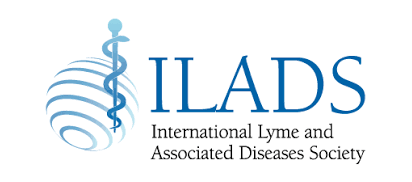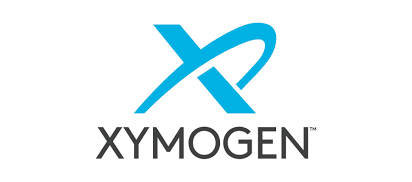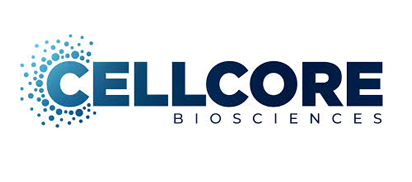🌟 New VIP Wellness Packages Are Here! 🌟
Take your health to the next level with our exclusive VIP offerings, available now through 2026:
• Wellness Supplement Saver
• Wellness Starter
• Integrative Cardiovascular Plan
• Cancer Recovery/Detox Wellness Plans
• Wellness Intensive
• Joint Rebuild Wellness Packages with Peptides
Your personalized path to optimal wellness starts today!
Lyme and Tick-Borne Disease Support
Memphis, TN
Doctor of Naturopathy and Master Herbalist
Functional Medicine and RGCC-Accredited
Virtual Consultations via Zoom
Hours:
Request Consultation
Hero Request Form
Thank you for contacting us.
We will get back to you as soon as possible.
Please try again later.
Comprehensive Lyme and Tick-Borne Disease Care
At Integrative Wellness & Research Center, Inc, we're dedicated to providing expert care for Lyme and tick-borne diseases in the Mid-South area. Our holistic and functional medicine approach offers personalized treatment plans to address these complex conditions. With decades of experience, we're equipped to handle every kind of case. Our services include:
- Comprehensive Lyme disease evaluations
- Tick-borne co-infection testing
- Customized treatment protocols
- Herbal and naturopathic remedies
- Immune system support
- Functional medicine approaches
- Ongoing support throughout the recovery process
Don't let Lyme disease control your life. Reach out to Integrative Wellness & Research Center for professional care and support.
The Rise of Tickborne Illnesses
Tickborne diseases are increasing across the United States, transmitted by various tick species that carry different microorganisms affecting both humans and animals. Over the past 13 years, cases of tickborne illnesses have more than doubled, now accounting for 77 percent of all vector-borne disease reports. Lyme disease alone represents 82 percent of these cases.
Common Signs of Tickborne Illness
Recognizing the symptoms early is key to effective treatment. Some of the most frequently reported symptoms include:
- Fever and chills
- Headache
- Bell’s palsy
- Neck stiffness
- Fatigue
- Muscle or joint pain
- Gastrointestinal issues (nausea, vomiting, diarrhea)
- Changes in mental or emotional state
- Loss of appetite
- Weight loss
- Anemia
- Swollen, tender lymph nodes
- Rash
- Abdominal pain
- Dizziness or shortness of breath
- Numbness or weakness in limbs
Limitations of Conventional Testing
Recent studies show that the standard two-tier testing method recommended by the CDC—ELISA followed by Western blot—can result in false positives or negatives. These tests may miss up to 60 percent of clearly defined Lyme disease cases. Additionally, Lyme disease symptoms often resemble those of other conditions, which can delay or complicate diagnosis. Standard treatments typically involve extended antibiotic use, which may lead to chronic inflammation or other long-term health issues.
What the Vibrant Tickborne Panel Offers
The Vibrant Tickborne Disease Panel provides a more comprehensive diagnostic approach, including:
- Protein microarray antigen and PCR testing for Lyme disease and tick-borne relapsing fever
- Detection of co-infections such as Anaplasma, Babesia, Borrelia, Bartonella, Ehrlichia, and Rickettsia species
Why Specialized Lyme Care Matters
Lyme disease and related infections require expert care tailored to each individual. At Integrative Wellness and Research Center, we offer a specialized approach that includes:
- Accurate identification of Lyme and co-infections
- A blend of conventional and holistic therapies
- Immune system support
- Personalized detox plans
- Nutritional strategies for healing
- Management of long-term symptoms
If you suspect Lyme disease or a tickborne illness, don’t wait—reach out to our team for expert care.
Comprehensive Support From Experienced Professionals
Choosing Integrative Wellness and Research Center means gaining access to a knowledgeable, compassionate team. Our services include:
- Care led by a Doctor of Naturopathy and Master Herbalist
- Membership in the ILADS Lyme Association for current treatment protocols
- Over 30 years of clinical experience
- Virtual consultations via Zoom
- Fast appointment availability, often within two weeks
- On-site store for medical supplies and supplements
- Price matching for supplements purchased in-store
Let us help you take control of your health with personalized, expert care.
Take the First Step Towards Healing
Living with Lyme disease or other tick-borne illnesses can be challenging, but you don't have to face it alone. Integrative Wellness & Research Center is here to provide the top-notch care and support you need. Our family and locally owned center is committed to your well-being, offering a unique blend of naturopathic and functional medicine approaches. With our extensive experience, personalized treatment plans, and commitment to holistic healing, we're ready to guide you on your journey to better health. Reach out to us today!
- Bullet text
- Bullet text
- Bullet text
- Bullet text
- Bullet text
- Bullet text
- Bullet text
- Bullet text
- Bullet text
- Bullet text
Title or Question
Describe the item or answer the question so that site visitors who are interested get more information. You can emphasize this text with bullets, italics or bold, and add links.Title or Question
Describe the item or answer the question so that site visitors who are interested get more information. You can emphasize this text with bullets, italics or bold, and add links.Title or Question
Describe the item or answer the question so that site visitors who are interested get more information. You can emphasize this text with bullets, italics or bold, and add links.
We price match or beat competitors by up to 5% on supplements sold in our shop.
Not valid with any other offers or promotions. Restrictions apply.
Must mention this coupon at the time of scheduling.
Visit Us
Reviews
Virtual Consultations Available
Get expert holistic care planning from the comfort of your home. Our Zoom consultations make wellness accessible and convenient.
Request your consultation today!
Request Consultation














